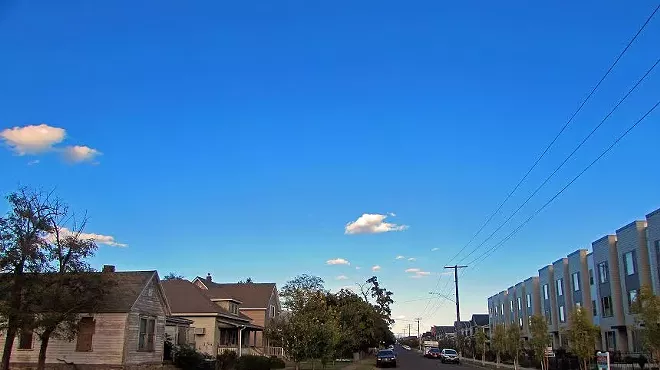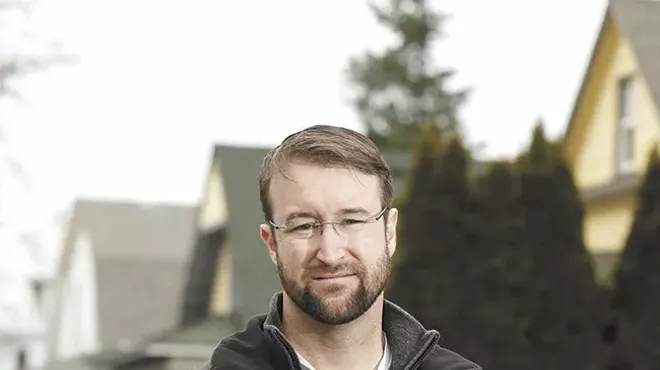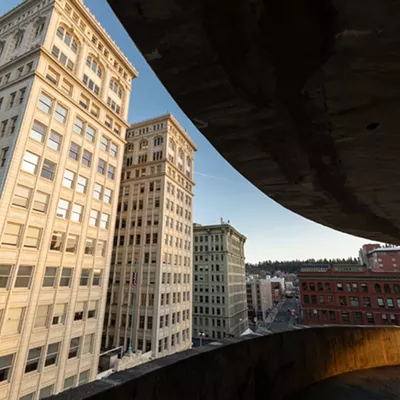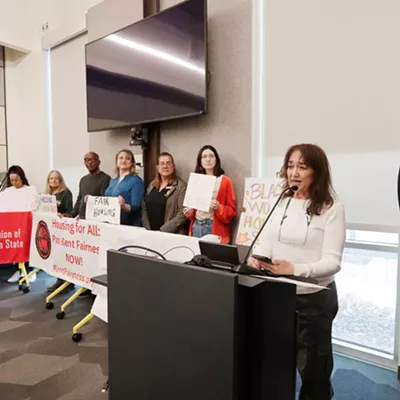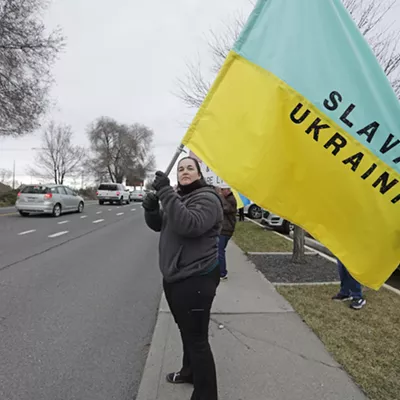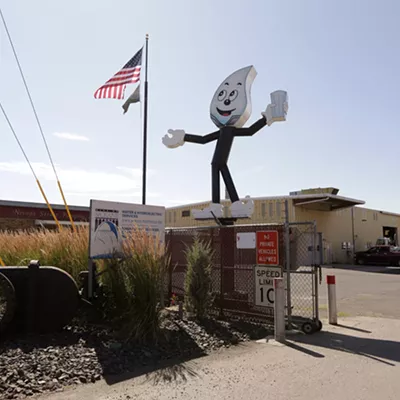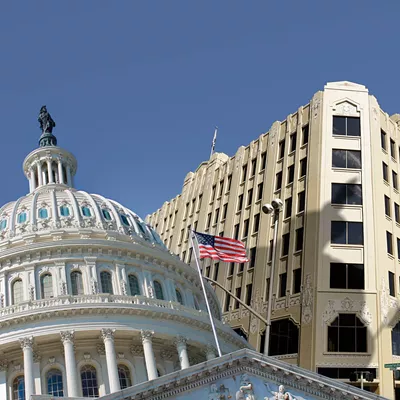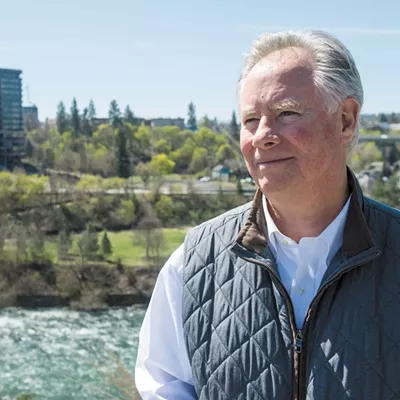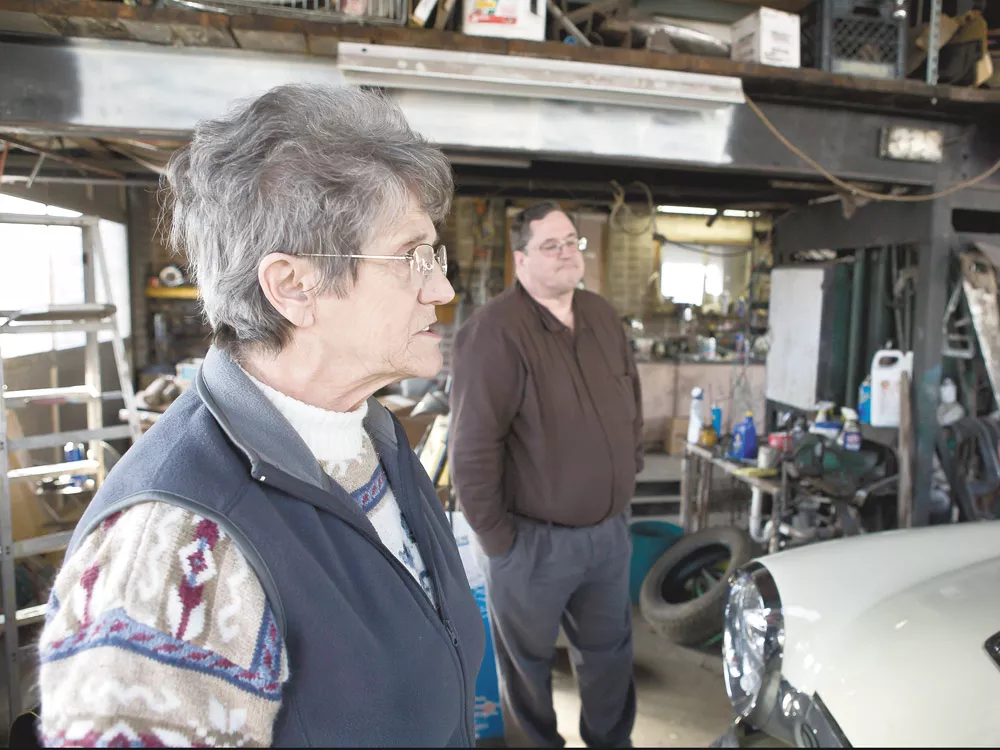
Two or three times a week, West Central Neighborhood Council President Kelly Cruz walks through the neighborhood. He strolls past sculptures by local artists and century-old architecture, but also past burned-out buildings, plywood-covered windows, untamed lawns and broken mailboxes.
This past year, he’s noticed something new. Fresh coats of paint, on some of the most broken-down houses.
It’s small, but it’s a sign of revitalization. It’s a point of hope for a neighborhood fighting to overcome cultural, economic and regulatory challenges to thrive.
New Neighbors
West Central stretches west from the Spokane County Courthouse to where the river bends northward. At one time, it was the center of the railroad industry, a hub for the streetcar system and the home of the Natatorium amusement park. But those have disappeared, leaving West Central as one of the state’s poorest neighborhoods.
For more than two decades, speculators have been counting on the economic boost that would result from developing the barren, 78-acre former rail yard now known as Kendall Yards. But plan after plan lost steam, leaving speculators stuck holding rentals. It’s a major challenge for West Central. About 56 percent of the housing in the neighborhood, Cruz says, is rentals. Renters often don’t invest in their neighborhoods, nor do absentee landlords.
But finally, thanks to developer Greenstone Homes, expensive townhomes and mid-priced houses are appearing in Kendall Yards. The excitement is there. Houses are being painted in West Central, fixed up for sale. But any economic gains are overshadowed by recession. The total assessed property value for Spokane fell 1 percent over the last tax year, but in West Central it fell by nearly 7 percent.
Brian Burrow, economist and West Central resident, however, says the lousy economy has actually brought positive changes. He’s seeing new types of residents move in: young, professional couples. West Central offers decent-sized, dirt-cheap houses near downtown — perfect in a recession.
“Just take 10 years ago, when the economy was booming,” Burrow says. “That young couple would be looking at Indian Trail and Mead.”
Andy Rathbun owns four rental houses in West Central. “I used to have nothing but lower-middle class,” he says. “[Now] I have a nurse. I have a guy that’s going to be a U.S. marshal. A motel manager.”
Some young neighbors have moved in with specific goals. In 2009, Youth For Christ director Tom Davis moved his suburban family from Spokane Valley to West Central, “not to be a savior, but to be a good neighbor.”
Bobby Enslow, 28, worked on economic development for a year with the Porch, a West Central church.
He just bought a house in the neighborhood. He started Indaba Coffee near the courthouse, intending for it to be a gathering place for neighborhood planning.
“Socially, I’ve seen people connecting with other people they’ve never connected with before,” Enslow says. “Faiths, careers, socio-economic classes.”
For years, West Central’s Holmes Elementary has had the highest free- or reduced-lunch rate in the city, with at least 90 percent of students qualifying. But that’s also beginning to change: The rate has dipped to about 85 percent.
Former City Council candidate Joy Jones, who moved back to West Central in 2007, says she’s lately seen more middle-class families placing their children at the elementary. She’s placed her kids at Holmes. So has Davis.
Jones says she and her West Central neighbors worked with the city for two years to take down a West Central drug house. Davis’s Youth For Christ center provides mentorship for neighborhood kids, while Riverfront Farm, in the center of the community, gives those kids temporary jobs and volunteer opportunities.
“More’s probably happened in the last three or five years than the last decade,” Cruz says.
New Plans
At Howard’s Service, an ancient gas station turned repair shop in West Central, beyond the shelves of WD-40, 70-year-old Kay Howard points to a spot on the concrete floor. That’s where her husband was working the day of his death.
The two had planned on going on a final vacation together, hooking a trailer up to one of their classic cars, and moseying down Route 66. In 2005, she found a buyer for the place. He wanted to give them $299,000 and turn the building into a gasstation-themed coffee house. It would have been enough money for the vacation.
But she says the city said no: The repair shop is zoned residential.
That meant that the automotive shop could continue or become a house, but not a different type of business. Five others came with proposals: another coffee shop offer, a bike shop, a bookstore, an antique store — even a small engine-repair shop. None qualified. Howard never got the money, never went on that vacation, and last April, her husband died.
“You don’t want to know what I think of the city,” Howard says.
This place, Cruz says, could have been a small neighborhood commercial center, like the area around the Elk in Browne’s Addition. “Try getting a planner who sits in a cubicle all day and looks at colored maps to understand that,” Cruz says.
It’s not just Howard. City planning restrictions have frustrated developers, business owners and neighborhood activists across West Central. Doyle’s Ice Cream Parlor wanted to add an addition, but city regulations prevented that. Back in 2004, Marcus DeWood, a local doctor, wanted to build a 150-foot-high law-office tower across the street from the courthouse. He said he wanted to donate most of its profit to the West Central community and use neighborhood labor to assist in its construction. But questions over height restrictions still have DeWood’s tower tied up in the courts.
Kendall Yards developer Jim Frank sees other problems: an overabundance of areas zoned multi-family residential, which, with current rules, all become rentals. “That starts a cycle of disinvestment,” Frank says.
Frank has also been pushing to change rules requiring small businesses to include parking lots, a requirement that makes it harder to create walkable neighborhoods.
In 2010, a report on Spokane’s development regulations, produced for Frank’s Greenstone Homes by a Washington State University professor, found a horde of rules with an “anti-density sentiment,” resulting in thriving outlying suburbs, but decaying urban neighborhoods.
Both the neighborhood council and Greenstone pushed for reform, but results were slow. Then, with a new mayor, a new council, and a new planning director, things changed.
The new planning director, Scott Chesney, has already received rave reviews for the way he’s been working with the neighborhoods. City planners come to neighborhood council meetings.
Chesney’s been giving neighborhoods instructions on how to turn their neighborhood plans into city policy.
“[Before], they went through two years of effort, and the document went into the city’s vault and never saw the light of day,” Chesney says.
Already, the Spokane City Council has been working with Chesney to propose a pilot program, starting in West Central, that would eliminate a few of the most arduous restrictions in select areas.
“I think West Central is ready for a renaissance of some kind,” Chesney says. “It’s important everybody [set] their expectations. We can’t undo 20 years of decay in two years.”


